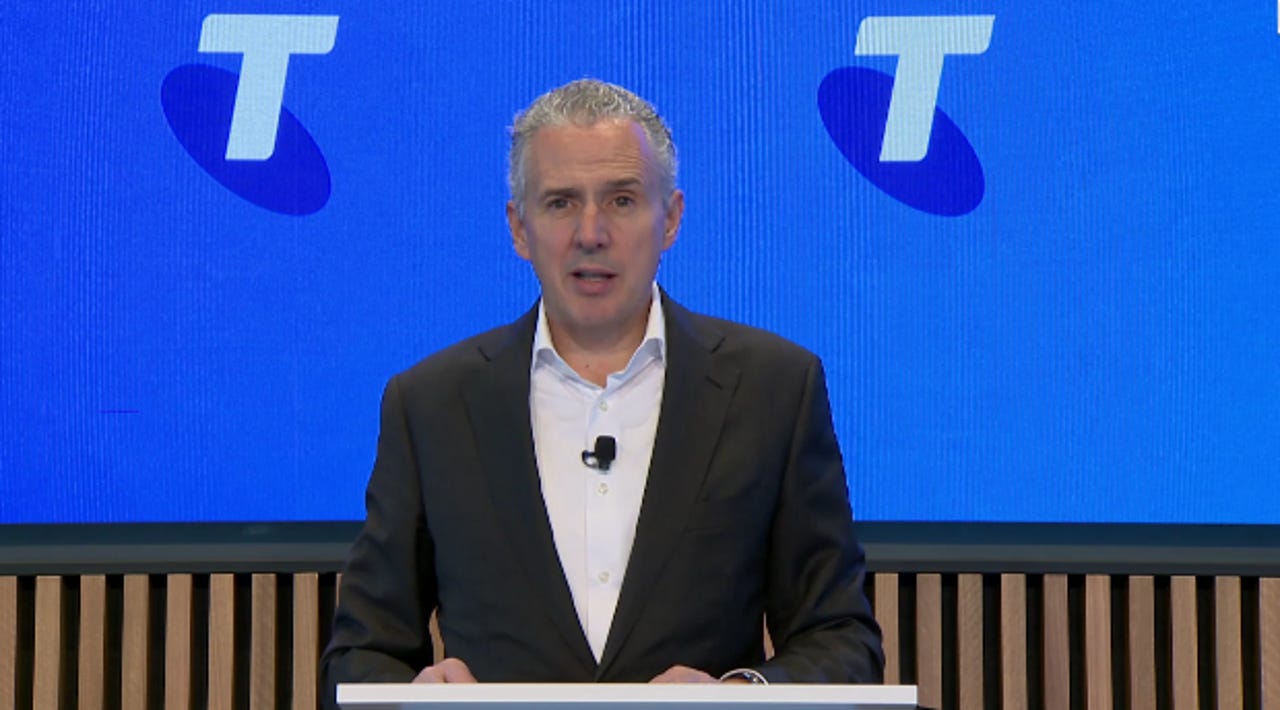Penn labels 5G as a strong growth engine for Telstra


Telstra is expecting the deployment of 5G to be a "strong growth engine" for average revenue per user (ARPU), CEO Andy Penn said during the company's annual retail shareholder day on Tuesday.
5G
"ARPUs tend to increase, particularly in the early stages of a rollout," Penn said. "So we see that happening in 5G as well as we look forward over the next couple of years."
Penn added that with second generation 5G chips heading into devices later this year, the company expects 5G uptake to increase.
"I think what history has shown us is that, as we put these technologies in the hands of our customers, they respond very positively and it's tended to lead to improvement in revenues across the industry," he said.
Telstra announced on May that it would charge customers AU$15 per month for 5G connectivity on some of its plans next year.
In regards to spectrum, the Telstra CEO said with millimetre wave band spectrum not being available as the Australian Communications and Media Authority is set to auction it in the second half of 2020, the company would look to its lower band holdings over the next year to boost 5G coverage.
Under questioning from shareholders -- who tend to be boomers and retirees who bought into the Telstra privatisation craze led by then-stockbroker-in-chief John Howard and his offsider Peter Costello -- the company had to address the impacts on 5G on health.
A recent test from Telstra showed 5G energy levels were well below safety limits.
"The other thing, of course, to bear in mind is that telecommunications is not the only technology that actually produces radio waves," Penn said.
"There's lots of technologies, there's speed cameras, there are microwave ovens, there are satellites, there are even things like baby monitors in people's homes, there are lots of things that create, that use, radio waves as a form of signal.
"But importantly, the WHO, which is probably, you know, globally, the most substantive research agency on this topic, as well as ARPANSA locally, have determined that they see no evidence of health risks associated with 5G."
On the perennial topic of 5G replacing fixed broadband, Penn said both technologies were needed, although the National Broadband Network (NBN) could make greater use of it.
"There's another concept called fixed wireless, where you can actually sort of emulate a fixed line service using radio waves by putting an antenna on somebody's house connected to a modem within the house, which is actually provided over 5G, and again, for certain customers that may be a solution," he said.
"In regional and rural Australia, I suspect that's a solution that NBN itself may use."
On Monday, Telstra announced a AU$400m revenue downgrade thanks to NBN revising down its number of active premises from 7.5 million to 7 million in 2020.
"This is purely a timing issue around deployment and activations, with the Ready to Connect footprint coming later during FY20 than originally forecast in the previous year's plan," NBN said.
"There is no expected material change to the underlying performance of the business and revenue is forecast to recover to expected levels in subsequent years."
However, the shift will see Telstra receive AU$300 million less in payments from NBN, with Telstra lowering the payment range to AU$1.3 billion to AU$1.7 billion.
"Telstra no longer anticipates FY20 being the year of peak nbn headwind and now estimates this will occur in FY21," Telstra said on Monday.
For fiscal year 2020, Telstra is now expecting revenue in the range of AU$25 billion to AU$27 billion. At the same time, this has improved the incumbent telco's underlying earnings before interest, tax, depreciation, and amortisation (EBITDA), with the figure adjusted upwards by AU$100 million to a range of AU$7.4 billion to AU$7.9 billion.
Related Coverage
Telstra sees profit plunge 40% for full year
Revenue was down 3.6%, while profit has slid by AU$1.4 billion for the year to June 30.
Telstra questions whether metadata restrictions are working as intended
Freeloading agencies skirting Australia's metadata restrictions often do not understand, or adequately protect requested metadata, the telco says.
Telstra announces AU$400m revenue downgrade in wake of NBN corporate plan
With NBN connecting less people next year, Telstra will get AU$300 million less in payments.
NBN reports positive full year EBITDA once Telstra payments excluded
Adjusted EBITDA of AU$608 million wiped out by AU$2 billion in payments to Telstra and Optus.
Penn maintains InfraCo allows Telstra to be part of NBN privatisation
Telstra seemingly at odds with Communications Minister, even though Penn says they are "very aligned".
5G mobile networks: A cheat sheet (TechRepublic)
As LTE networks become increasingly saturated, mobile network operators are planning for the 5G future. Here is what business professionals and mobile users need to know about 5G networks.